What Is The Base On A Microscope ?
The base on a microscope is the sturdy, flat platform that provides stability and support for the entire microscope system. It is typically made of metal or plastic and is designed to hold the microscope's various components, such as the stage, illuminator, and focusing mechanisms. The base is usually equipped with rubber feet or other non-slip materials to prevent the microscope from sliding or tipping during use. It also serves as a foundation for attaching the microscope to a stand or arm, allowing for easy positioning and adjustment. The base plays a crucial role in maintaining the stability and balance of the microscope, ensuring accurate and steady observations under the microscope's magnification.
1、 Illumination System
The base on a microscope refers to the part of the microscope that provides support and stability to the entire instrument. It is typically a sturdy, flat platform that holds the various components of the microscope together. However, the base also plays a crucial role in the illumination system of the microscope.
The illumination system is an essential component of a microscope as it provides the necessary light to illuminate the specimen being observed. The base of the microscope houses the light source, which can be a built-in light bulb or an external light source such as a halogen lamp or LED. The light emitted from the source is directed towards the specimen through a series of lenses and mirrors.
In recent years, there have been advancements in the illumination system of microscopes. LED lights have become increasingly popular due to their energy efficiency, long lifespan, and ability to produce bright and uniform illumination. LED illumination systems offer several advantages over traditional light sources, including reduced heat generation, better color rendering, and the ability to control the intensity and color temperature of the light.
Additionally, some microscopes now feature adjustable illumination systems that allow users to optimize the lighting conditions for different specimens. This flexibility is particularly useful when observing delicate or transparent samples that require specific lighting conditions to enhance contrast and visibility.
In conclusion, the base of a microscope not only provides support but also houses the illumination system, which is a critical component for proper specimen visualization. With advancements in LED technology and adjustable lighting systems, microscopes are now capable of providing improved illumination for a wide range of applications.

2、 Stage and Specimen Holder
The base on a microscope refers to the sturdy and flat platform that provides stability and support for the entire microscope system. It is typically located at the bottom of the microscope and serves as the foundation upon which all other components are mounted.
The base is an essential part of a microscope as it ensures that the instrument remains steady during use, preventing any unwanted vibrations or movements that could affect the quality of the image being observed. It is usually made of a heavy and durable material such as metal or plastic to provide stability and minimize any potential wobbling.
One of the key components attached to the base is the stage, which is a flat platform that holds the specimen being observed. The stage is typically equipped with clips or mechanical holders to secure the specimen in place, preventing it from moving during observation. It also often includes a mechanical stage control, allowing for precise movement of the specimen in both the x and y directions.
The stage and specimen holder are crucial for positioning the specimen under the microscope's objective lens, enabling the user to focus and manipulate the sample for examination. They provide a stable and controlled environment for observing the specimen, ensuring accurate and repeatable results.
In recent years, advancements in microscope technology have led to the development of motorized stages and automated specimen holders. These innovations allow for more precise and efficient specimen manipulation, making it easier for researchers and scientists to navigate through large samples or perform complex imaging tasks.
Overall, the stage and specimen holder, as part of the microscope's base, play a vital role in providing stability, control, and precision during microscopic observations.
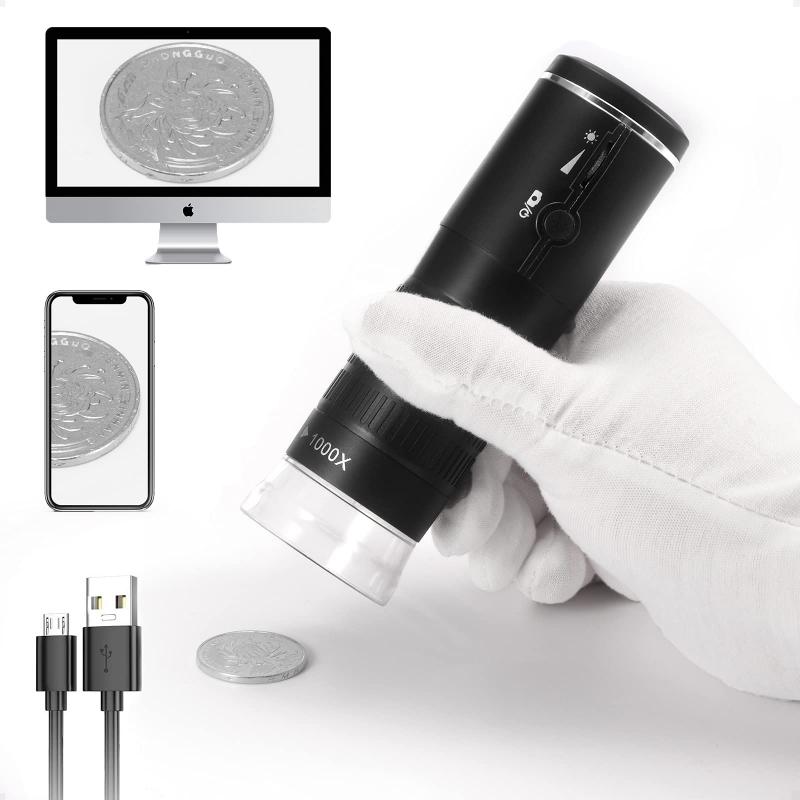
3、 Focusing Mechanism
The base on a microscope is the part of the microscope that provides stability and support. It is typically a flat, sturdy platform that rests on the surface of a table or other stable surface. The base is an essential component of the microscope as it ensures that the microscope remains steady during use, preventing any unwanted movement or vibrations that could affect the quality of the image being observed.
One of the key features of the base is the focusing mechanism. This mechanism allows the user to adjust the focus of the microscope, bringing the specimen into clear view. The focusing mechanism typically consists of a coarse adjustment knob and a fine adjustment knob. The coarse adjustment knob is used to make large adjustments to the focus, while the fine adjustment knob allows for precise focusing.
In recent years, there have been advancements in microscope technology that have improved the focusing mechanism. Some microscopes now incorporate motorized focusing mechanisms, which allow for automated and precise focusing. These motorized systems can be controlled through computer software, enabling researchers to easily capture and analyze images.
Additionally, some microscopes now feature ergonomic designs that prioritize user comfort and ease of use. The base may be adjustable in height or angle, allowing users to find a comfortable position for extended periods of observation. This is particularly important for researchers who spend long hours using microscopes in laboratories or research facilities.
In conclusion, the base on a microscope provides stability and support, and the focusing mechanism is a crucial component of the base. Advancements in microscope technology have led to improvements in the focusing mechanism, including motorized systems and ergonomic designs, enhancing the overall user experience and facilitating more precise observations.

4、 Condenser System
The base on a microscope refers to the part of the microscope that provides stability and support for the entire instrument. It is typically a sturdy, flat platform that rests on a table or other surface. The base is designed to ensure that the microscope remains steady during use, preventing any vibrations or movements that could affect the accuracy of the observations.
One important component of the microscope base is the condenser system. The condenser system is responsible for focusing and directing the light onto the specimen being observed. It consists of several lenses and diaphragms that work together to control the amount and angle of light that passes through the specimen.
The condenser system plays a crucial role in determining the quality of the image produced by the microscope. By adjusting the position and aperture of the condenser, the user can optimize the illumination and contrast of the specimen. This allows for clearer and more detailed observations.
In recent years, there have been advancements in condenser technology that have further improved the performance of microscopes. For example, some modern microscopes now feature adjustable condensers that allow for precise control of the light path. Additionally, there are condensers with built-in filters that can enhance specific colors or wavelengths of light, enabling researchers to study specific features or structures in greater detail.
Overall, the condenser system is an essential component of the microscope base, contributing to the overall functionality and image quality of the instrument. Its advancements have greatly enhanced the capabilities of microscopes, enabling scientists and researchers to make more accurate and detailed observations in various fields of study.
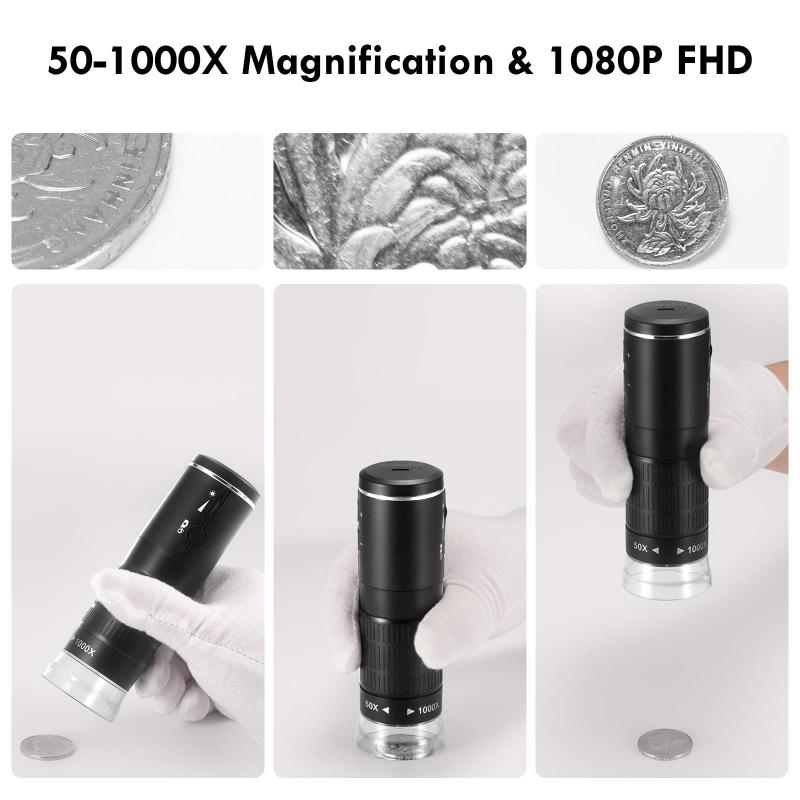




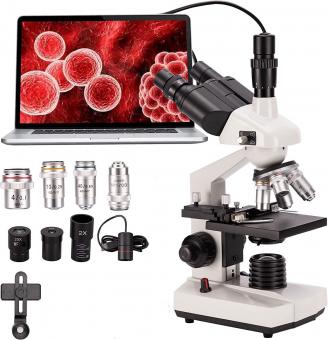









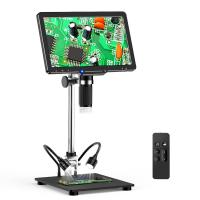






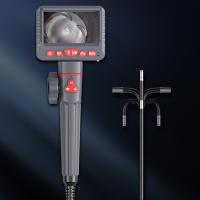







There are no comments for this blog.